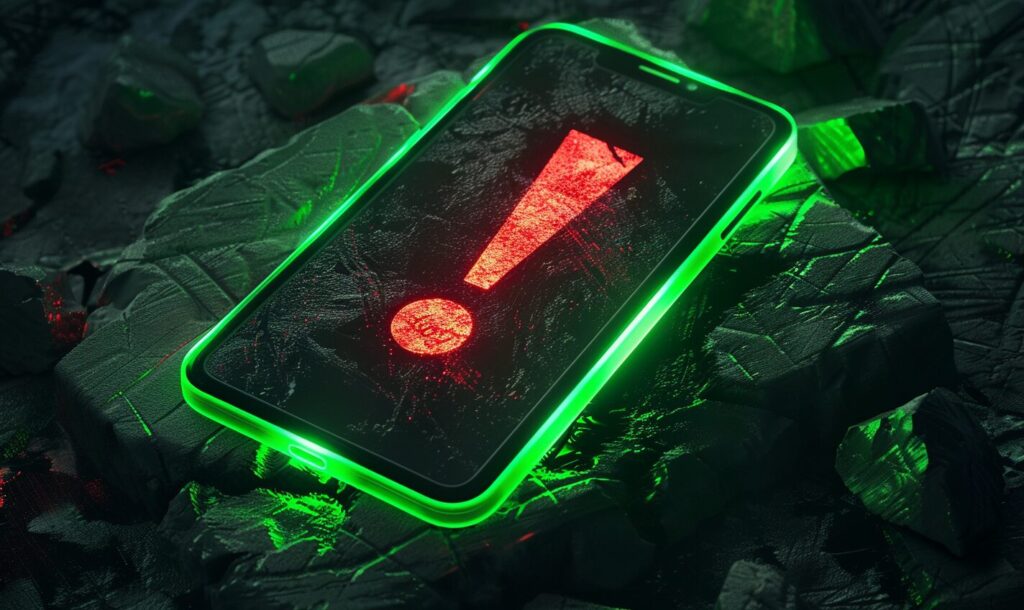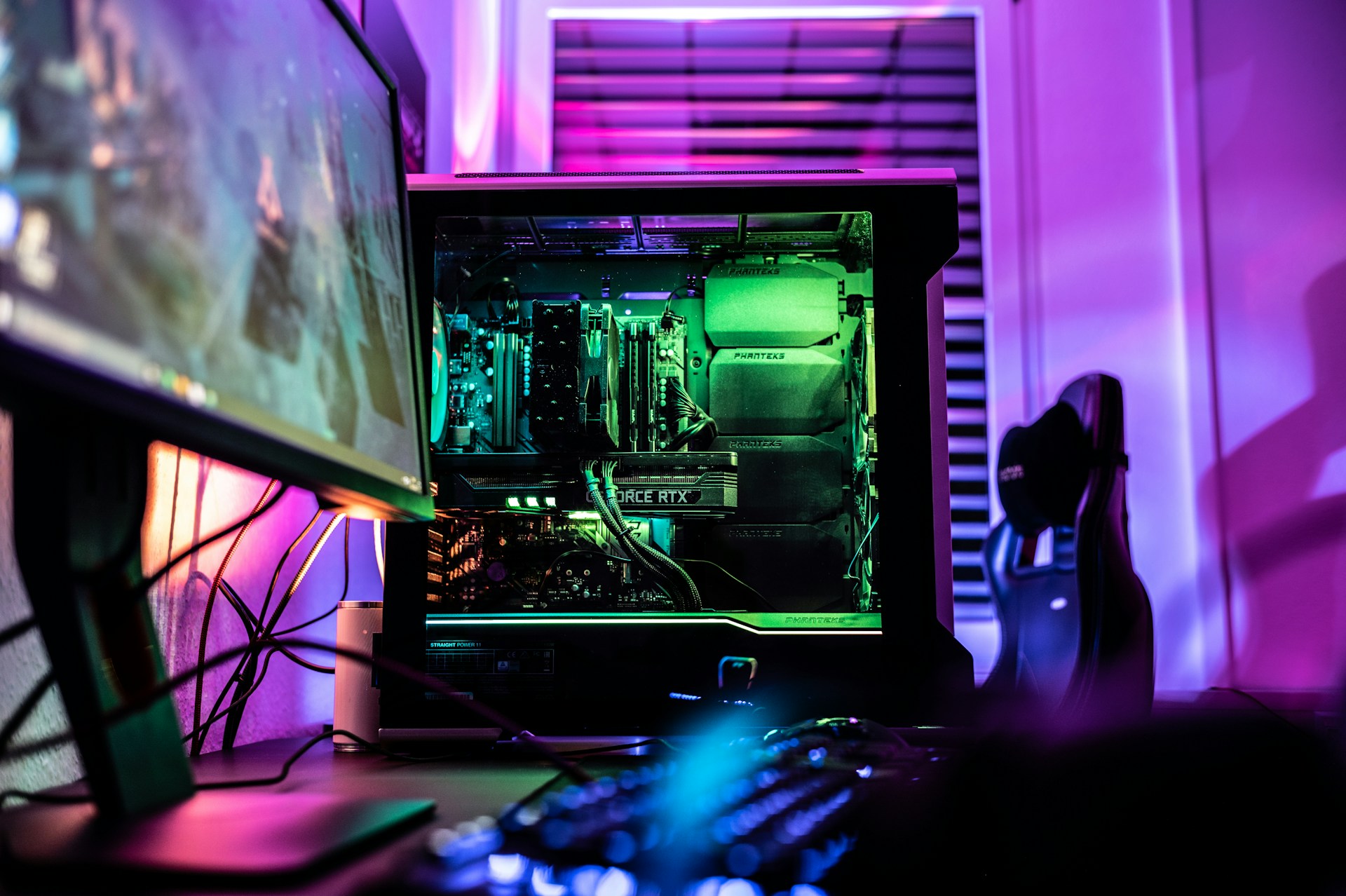There are many image file formats that you might come across, but two of the most common are JPG (or JPEG) and PNG.
Both have their own unique benefits, so it can be tough to decide which one to use. In this blog post, we will discuss the differences between JPG vs PNG, and when you should use each one.
What Is a JPG?
JPG — or JPEG — is a lossy compression file type. This means that when the image is compressed, some of its data is lost. The benefit of this is that JPG files are much smaller in size than PNG files. This makes them ideal for use on websites, where you want the page to load quickly. JPGs are also great for storing photos, as they can be compressed without affecting the quality too much.
What Are the Benefits of JPG?
Some benefits of using JPG images include:
- Small file size: JPGs are much smaller in size than PNG files, making them ideal for use on websites.
- Quality: JPGs can be compressed without affecting the quality too much.
- Fast loading times: Small file size means fast loading times.
When to Use a JPG
You might want to use a JPG if:
- You are saving and storing multiple images.
- You’re embedded images onto a webpage article.
What Is a PNG?
PNG, or Portable Network Graphics, on the other hand, is a lossless compression file type. This means that no data is lost when the image is compressed. PNG files are therefore much larger in size than JPG files. The benefit of this is that PNG images retain their quality, even when they are compressed.
You can use a PNG when quality is more important than file size and for images that do not need to be compressed. They also work well for screenshots, because they retain all the detail of the original image.
Additionally — unlike JPG images — PNG images support a transparent background. This makes them a great choice for logos.
What Are the Benefits of PNG?
To reiterate, the benefits of a PNG include:
- Quality: PNG images retain their quality, even when they are compressed.
- File size: PNG files are much larger in size than JPG files.
When to Use a PNG
You can use a PNG if:
-
You’re taking screenshots and need them to be detailed.
- You’re a photographer.
- You’re going to be making many edits to the image.
How to Save an Image as a JPG or PNG
The process for saving an image as a JPG or PNG is very similar. You might need a photo editing program like Photoshop or GIMP to convert the image. If you are working on an Apple computer, you can also use the Preview app. Here are the steps:
- Open the image that you want to save as a JPG or PNG. Open it in the editing program if necessary.
- Click File > Export.
- Choose JPG or PNG from the Format dropdown menu.
- Name the file and choose where you want to save it.
- Click Save/Export.
Converting JPG to PNG
You can use the process above to convert an image from JPG to PNG or vice versa. There are also online tools you can use:
Zamzar
There are many online converters that you can use to convert JPG to PNG. One of the most popular is Zamzar. To use Zamzar, follow these steps:
- Visit the Zamzar website.
- Upload the JPG file that you want to convert.
- Choose PNG from the dropdown menu.
- Click Convert Now.
- Download the new image once complete.
Is JPG or PNG Better? You Decide!
So, there you have it! The next time you’re wondering whether to use a JPG vs PNG, think about what’s more important to you: the quality or file size. If you need your image to be small and fast-loading, go with a JPG. If you need the highest possible quality image, go with a PNG. And if you’re still not sure, try both and see which one looks better to you!
Recent Stories
Follow Us On
Get the latest tech stories and news in seconds!
Sign up for our newsletter below to receive updates about technology trends














